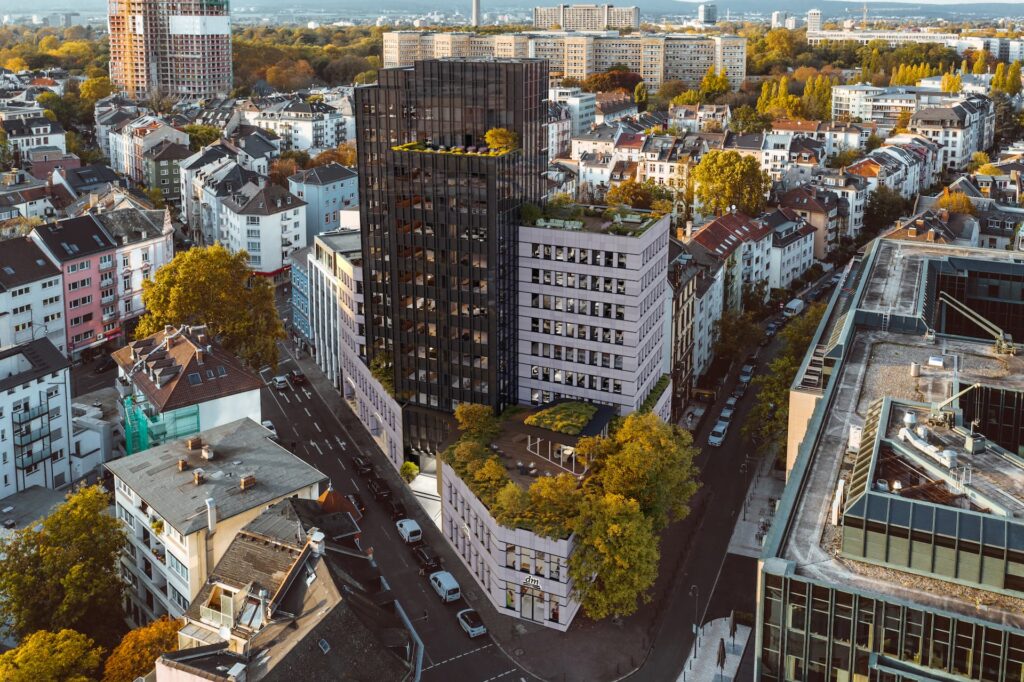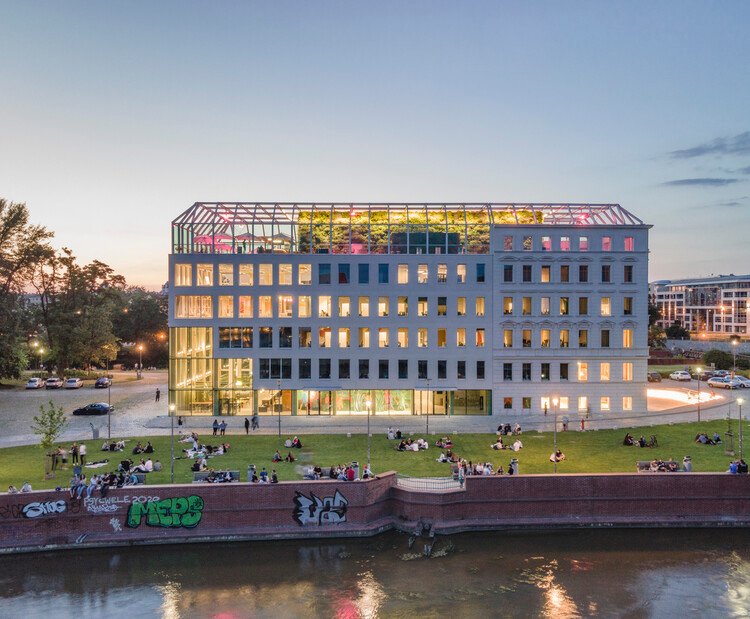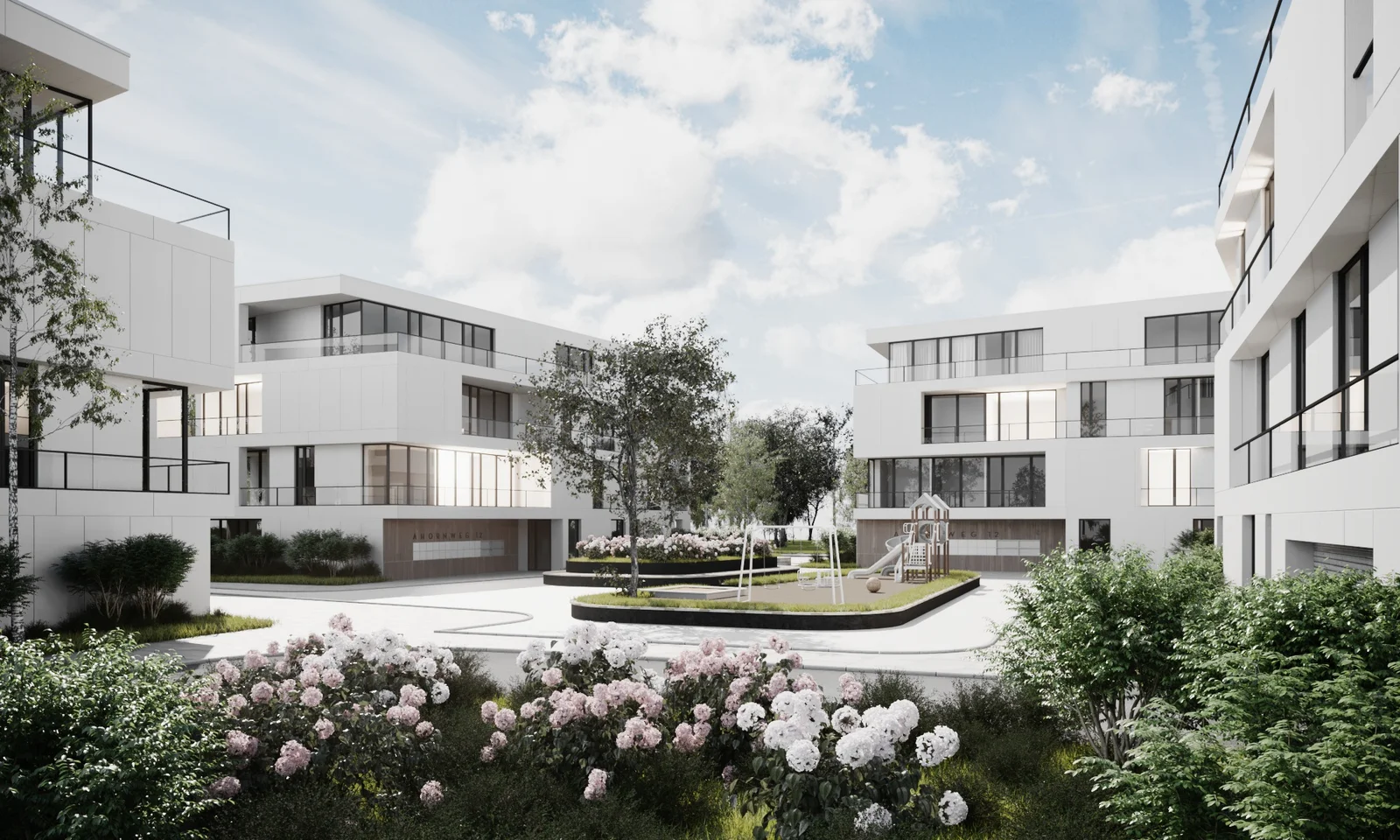How 3D Visualizations Optimize Modern Library Designs
When it comes to modern library design, architects and designers have been embracing the power of 3D visualization technologies. This revolutionary tool not only aids in creating more efficient and appealing spaces but also brings a myriad of benefits to the design process. In this post, we will delve into how 3D visualizations are optimizing modern library designs.
Enhancing the Design Process with 3D Visualization
The advent of 3D visualization technology has transformed the design process, providing architects and designers with a powerful tool to create, innovate, and troubleshoot designs before the construction phase. Especially in library design, where space efficiency, aesthetics, and functionality are crucial, 3D visualization plays a pivotal role.
Improved Accuracy and Precision
One of the biggest advantages of 3D visualization in library design is the ability to create accurate and precise models of how the space will look and function. This eliminates a lot of guesswork, enabling designers to make informed decisions and adjustments early in the process. By providing a complete view of the project, 3D visualization helps avoid costly mistakes and redesigns down the line.
Enhanced Communication and Collaboration
Another significant benefit of 3D visualization is its ability to enhance communication and collaboration among project stakeholders. By allowing everyone to see and understand the design in a realistic, three-dimensional view, architects, designers, library staff, and even patrons can provide valuable input and feedback. This not only ensures that the design meets everyone’s needs and expectations but also fosters a more collaborative design process.
The Role of 3D Visualizations in Modern Library Designs
Increasing Functionality with 3D Visualization
3D visualizations play a crucial role in modern library designs by enhancing the functionality of these spaces. They provide architects and designers with a detailed view of the proposed library layout, helping them to optimize space utilization. With 3D visualizations, designers can effectively plan for different sections of the library, such as reading areas, computer zones, and bookshelves, ensuring that they are strategically placed for maximum efficiency.
Moreover, 3D visualizations allow for the incorporation of modern design elements, such as flexible seating arrangements, soundproof reading rooms, and interactive digital platforms. By providing a realistic view of the library, these visualizations help designers to create spaces that cater to the evolving needs of modern library users.
Enhancing Aesthetics through 3D Visualizations
In addition to increasing functionality, 3D visualizations also contribute to the aesthetics of modern library designs. They provide designers with the ability to play around with different color schemes, lighting effects, and architectural elements before the actual construction begins. This way, designers can experiment with various design elements, ensuring that the final product is not only functional but also visually appealing.
3D visualizations also allow designers to showcase their proposed designs to stakeholders in a realistic and comprehensible manner. Stakeholders can thus provide feedback on the design, including its aesthetics, ensuring that the final product aligns with their vision.
The Future of Library Design with 3D Visualizations
Incorporating Innovative Technologies in Library Design
The future of library design is set to be revolutionized by 3D visualizations. As technology continues to evolve, these visualizations are becoming more sophisticated, providing designers with incredibly detailed and accurate representations of their proposed designs.
Innovations such as Virtual Reality (VR) and Augmented Reality (AR) are set to take 3D visualizations to a whole new level. With VR, designers and stakeholders can take a virtual walk through the proposed library design, providing them with a first-hand experience of the space. On the other hand, AR can overlay 3D visualizations onto the real world, allowing designers to see how their proposed designs would look in the actual location.
Enhancing User Experience through 3D Visualization
3D visualizations can also be used to enhance the user experience in modern libraries. For instance, they can be used to create interactive 3D maps of the library, helping users to navigate through the space more easily. They can also be used to create virtual tours of the library, providing users with a glimpse of what they can expect before they visit.
In conclusion, 3D visualizations are optimizing modern library designs in numerous ways, from enhancing functionality and aesthetics to incorporating innovative technologies and enhancing user experience. As technology continues to evolve, the role of 3D visualizations in library design is set to become even more significant.
In conclusion, 3D visualizations have become an integral tool in optimizing modern library designs. From spatial planning to enhancing aesthetic appeal, these technologies offer architects and designers a more efficient and effective way to reimagine libraries. More than just book repositories, modern libraries are becoming vibrant community hubs, thanks to the possibilities unlocked by 3D visualizations. Therefore, as libraries continue to evolve and adapt to the changing needs of society, the use of 3D visualizations in their design process will undoubtedly remain invaluable.







